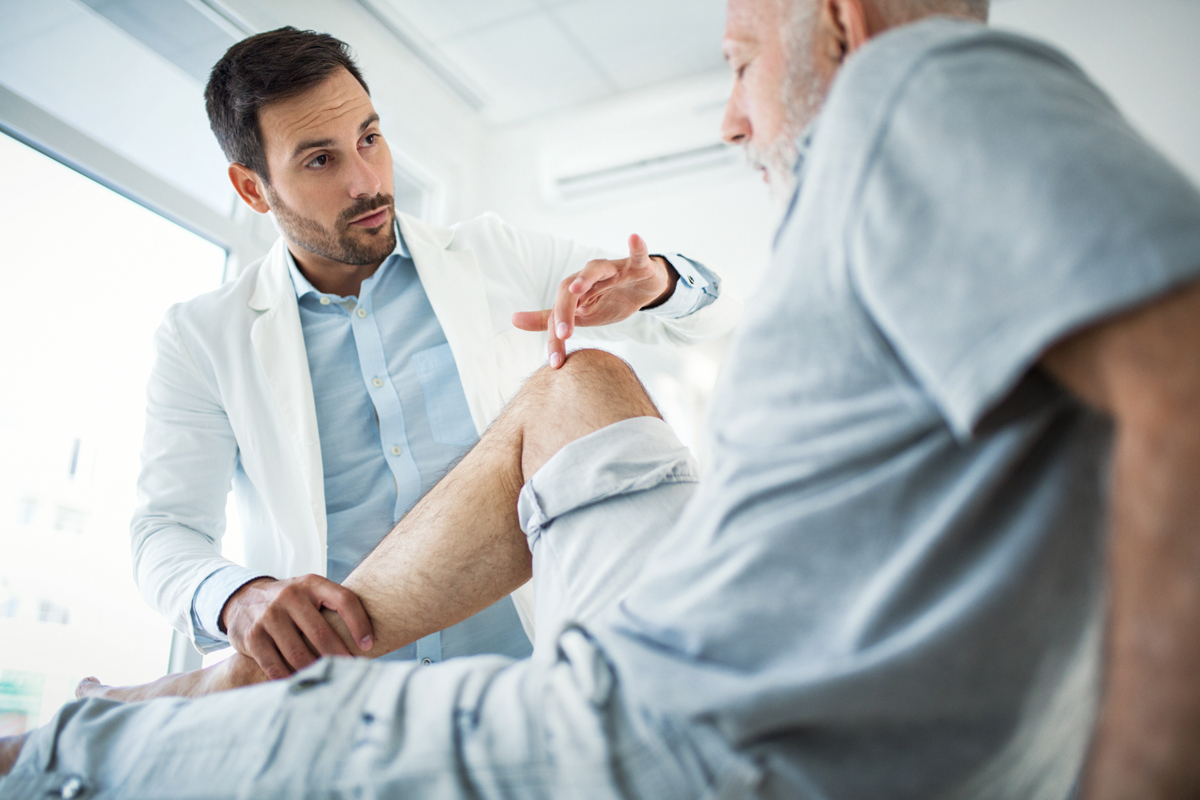Muscle Sparing Approach to Knee Replacement
Dr. Aaron Hofmann pioneered the “subvastus” muscle-sparing approach and all of our surgeons are trained in this minimally invasive approach. We are one of the only practices in the mountain west that utilizes this technique. The muscle-sparing or “subvastus” technique combines minimally invasive instruments with a surgical approach that leaves key muscles and tendons intact. Instead of cutting the quadriceps tendon, surgeons make a 3-5 inch incision on the knee and split or dissect under a single quadriceps muscle. Because no major tendons or muscles are cut, recovery is faster and less painful.

The main potential benefits of quadriceps-sparing total knee replacement include:
- More rapid return of knee function. Patients who undergo this procedure seem to get muscle strength and control back more quickly than patients who have had a traditional total knee replacement. This is because the quadriceps muscle and tendon are not divided in the course of the surgical exposure like in traditional knee replacement and the kneecap is not everted (flipped out of the way) as it is in traditional total knee replacement.
- Decreased post-operative pain. This is a function of the smaller incision and the fact that the incision stays out of the important quadriceps muscle/tendon group.
- Same reliable surgical implants as Traditional Knee Replacement. Much has been learned about implant design in the nearly 40-year history of contemporary knee replacement. Minimally-invasive quadriceps-sparing total knee replacement is an evolution of surgical technique which permits the use of time-tested implant designs. This gives some reassurance that while the surgical approach is new the implants themselves have a well-proven track record.
